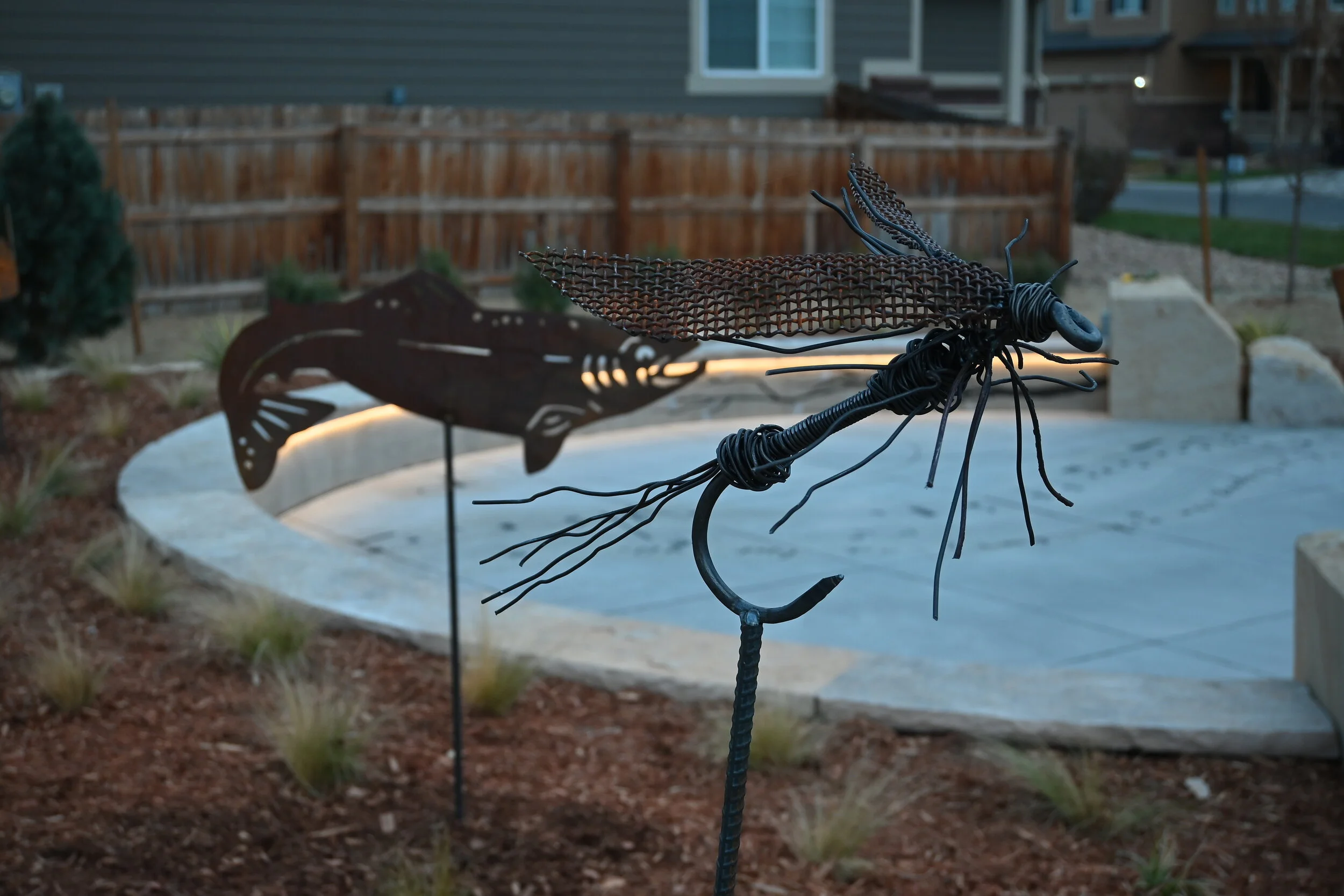For the first time in Design Concepts history a major city park is being completed, from Master Plan to finished project, in less than a year. Usually city park projects like Erie’s take years to complete as public meetings are had, master plans are drawn up and repeatedly revised, city councils debate, contractors are chosen, etc. In the case of Erie Community Park, however, everyone’s ability to work quickly and effectively has lead to a projected completion date in November 2009, just eleven months after work on the master plan began!
There are several factors that contributed to the Erie-DC partnership’s ability to get the park through all the initial steps and under construction so fast. The biggest was the willingness of Erie’s Parks and Recreation department to attend weekly design meetings to answer questions on the spot and allow the plans to move forward. Usually this process takes months as the design team and the client send plans and comments back and forth.
Once ground was broken in Erie things continued to work at an accelerated pace. With the abundance of available workers in the industry construction was underway quickly and the contractor (Turner Construction) and sub-contractors continue to get things done in record time.
Little has slowed construction since it began. The weather has not interfered for the most part and even the encounter of one of the old mineshafts, where a shelter support post was meant to go, did not cause much delay. The problem was quickly solved by changing the post’s location.
The pace of the project has been a pleasant surprise and everyone is looking forward to seeing the completed project in November!

photo courtesy of Ken Obrien

 As these green smart systems are used in public spaces an opportunity for public education is created. DC is exploring including interpretive signage explaining weather station and other system components at sites were these types of irrigation systems are in place as well as interactive websites linked to the smart systems in place in the area.
As these green smart systems are used in public spaces an opportunity for public education is created. DC is exploring including interpretive signage explaining weather station and other system components at sites were these types of irrigation systems are in place as well as interactive websites linked to the smart systems in place in the area.











